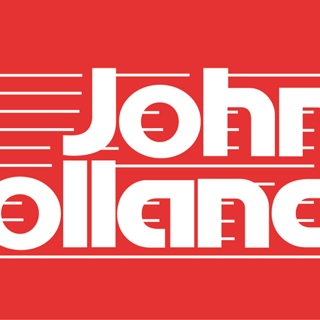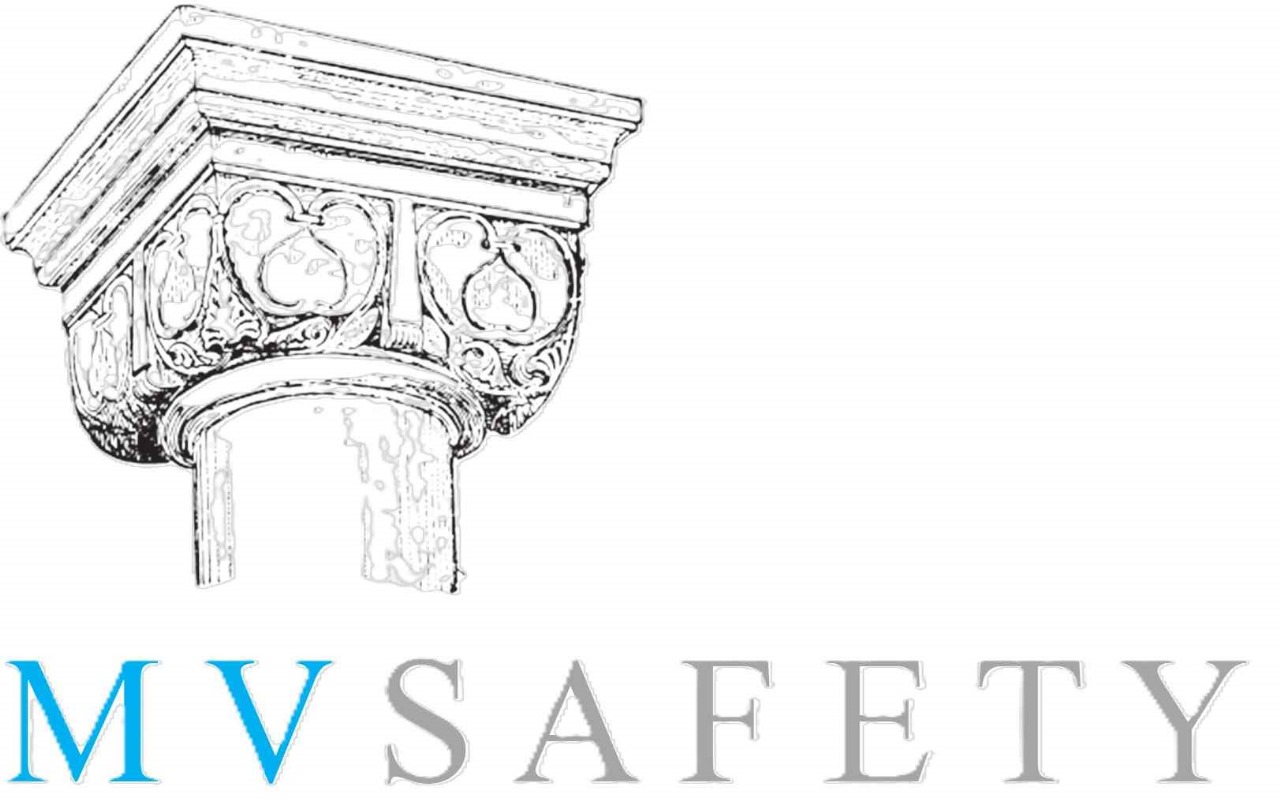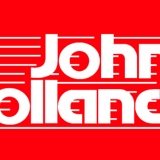Audit Information
-
Project
-
Projects Areas Assessed
-
Date Completed
-
Lead Auditor
-
Other Attendees
GMR 1
GMR 1 - Traffic, Plant and People. Intent: To prevent injury caused by the use of mobile plant / vehicles
-
1.1 - A traffic management plan must be in place which seeks to eliminate reversing operations and identifies, eliminates and/or mitigates all traffic, plant and people interface.
-
1.2 - Designated pedestrian routes must be physically separated from mobile plant and vehicle movement.
-
1.3 - Vehicles and pedestrians must have physically separated site entry points.
-
1.4 - Designated pedestrian crossing points that intersect with vehicle routes must be clearly identified and effectively controlled.
-
1.5 - Loading/unloading zones must be clearly delineated with controls to prevent unauthorised access.
-
1.6 - All overhead services and structures must be identified with appropriate control measures implemented to prevent collision by mobile plant and vehicles.
-
1.7 - Mobile plant operators must be verified as competent and where required, licensed.
-
Operator Details:
Operator Details
-
Name:
-
Employer:
-
Induction Number:
-
List Relevant Tickets and Licences:
-
Copy of relevant ticket:
-
Tickets held on site by operator:
-
Tickets & licences appropriate for the task:
-
VOC completed where required:
-
1.8 - Effective communications must be maintained between mobile plant and vehicle operators and those controlling ground operations.
-
1.9 - Mobile plant and vehicle operators must complete a pre-start and/or daily check to confirm safe working order.
-
1.10 - All mobile plant and vehicles must be inspected, serviced and maintained in accordance with manufacturer and supplier recommendations.
-
1.11 - A Plant Hazard Assessment must be completed by a competent authorised person for mobile plant.
-
1.12 - Mobile plant and vehicles must not be modified outside of manufacturer's specifications unless that modification is engineered, certified and approved by a competent authorised person.
-
1.13 - Operators of mobile plant and vehicles that have been subject to modification must receive appropriate information, instruction and training in relation to the modifications.
-
1.14 - Where intended by design, persons must only ride in or operate mobile plant and vehicles from dedicated seating positions fitted with seat belts.
-
1.15 - Troop carriers with side facing bench seats must not be used.
Additional Comments/ Observations
GMR 2
GMR 2 - Excavation and Trenching. Intent: To prevent exposure to hazards during excavation and trenching activities
-
2.1 - Prior to excavation and trenching activities commencing, a permit to work must be completed and authorised by a competent person.
-
2.2 - Underground services must be identified, positively located, marked and where possible isolated prior to breaking ground.
-
2.3 - In ground service locations must be communicated to all relevant stakeholders prior to activities commencing.
-
2.4 - Excavations must be benched, shored or battered to a safe angle of repose or as determined by a competent person.
-
2.5 - Safe means of access and egress must be maintained for all excavations and trenches.
-
2.6 - Material removed during excavation and trenching must be stored in a location to reduce the potential for collapse.
-
2.7 - Barriers, exclusion zones, lighting and/or signage must be provided to prevent people, plant, objects and equipment falling into excavations and trenches.
-
2.8 - Controls must be in place to prevent the accumulation of fumes and gases in all excavations and trenches.
-
2.9 - Excavations and trenches must be inspected by competent person before each working shift and after rainfall, or other events, which could impact ground stability or introduce further hazards.
Additional Comments/ Observations
GMR 3
GMR 3 - Lifting Operations. Intent: To prevent harm to people from the risks associated with lifting operations
-
3.1 - Crane commissioning, operation and decommissioning must be planned and managed by a competent person.
-
3.2 - All lifts must be planned and managed by a competent person in accordance with the JHG Lift Planning Matrix.
-
3.3 - Cranes, hoists or devices used for lifting or suspending a load shall not be overloaded.
-
3.4 - Cranes and lifting appliances must be regularly inspected, certified, tested and maintained, and comply with current Australian Standards.
-
3.5 - Ground conditions must be assesses with appropriate controls implemented to ensure stability of the lifting device.
-
3.6 - Plant and equipment used for lifting (including excavators, loaders etc) must be specifically designed and certified for the purpose of lifting.
-
3.7 - Those persons engaged in lifting operations must be verified as competent.
-
3.8 - Daily pre-start inspections and/or function tests must be completed for cranes and lifting appliances. Where defects are identified, equipment must be immediately tagged out of service.
-
3.9 - Persons must never be suspended from or attached to a crane hook unless they are in a fit for purpose work box with appropriate controls and permits in place.
-
3.10 - Physical barriers and/or other suitable controls must be used to exclude unauthorised persons from lifting operations. No loads must be lifted or suspended over people.
Additional Comments/ Observations
GMR 4
GMR 4 - Electrical Safety. Intent: To ensure that people are protected from the risk of electric shock
-
4.1 - An Electrical Works Management Plan must be developed prior to any electrical works.
-
4.2 - A permit to work must be in place for work on electrical systems, installations and equipment.
-
4.3 - Electrical work and supervision of electrical work must only be carried out by competent licenced electrical workers and /or electrical engineers.
-
4.4 - Work on live electrical systems, installations and equipment must not be undertaken, except where deemed necessary by a competent and authorised person for the purposes of fault finding, testing/commissioning work or where the electrical supply cannot be interrupted.<br>
-
4.5 - Sources of induced current must be identified and assessed with appropriate controls implemented.
-
4.6 - All electrical circuits must be fitted with an appropriate protective device.
-
4.7 - All exposed electrical parts and conductors, including earthing conductors, must be treated as live until proven otherwise.
-
4.8 - All electrical installations and portable electrical equipment must be installed, tested and inspected in accordance with the relevant Australian Standards.
-
4.9 - When working near live Overhead Line Equipment (OHLE) or live electrical parts, regulated safe working distances/exclusion zones must be maintained.
-
4.10 - Electrical supply panels must be fixed and secured to prevent unauthorised access.
Additional Comments/ Observations
GMR 5
GMR 5 - Working at Height. Intent: To prevent people and objects falling from height.
-
5.1 - For all work at height, effective control measures must be implemented to prevent the fall of persons from any height, and the risk posed by falling materials.
-
5.2 - The hierarchy of control must be applied when planning work at heights.
-
5.3 - The perimeter of structures, edges, and working platforms must be protected by use of screens, guard rails and/or scaffolding systems to prevent persons or materials falling.
-
5.4 - Protection from falling objects must be provided through primary controls such as edge protection, with exclusion zones and/or overhead protection provided as a secondary means of control.
-
5.5 - Penetrations, shafts and risers must be protected to prevent the fall of people and materials.
-
5.6 - Penetration covers must be robust, securely fastened and clearly identified.
-
5.7 - Grid mesh or flooring material must be installed as per design requirements, secured at all stages of installation, and regularly inspected.
-
5.8 - Roof mesh must not be used as a primary means of fall protection.
-
5.9 - A harness should not be used as the primary means of fall protection. If, after exhausting other options there is no alternative to using a harness ( as primary protection)' this must be approved by the Business Unit General/Operations Manager and controlled by a permit to work.
-
5.10 - Design and installation of anchor points must be approved by a competent person prior to use, and subject to regular inspection.
-
5.11 - Ladders should only be used as a means of access and/or egress.
-
5.12 - Those who plan, supervise and carry out work at height must have completed appropriate work at height training.
Additional Comments/ Observations
GMR 6
GMR 6 - Fitness for Work. Intent: People present fit for work so that they do not expose themselves or others to harm.
-
6.1 - All persons are required to present fit for work at all John Holland workplaces.
-
6.2 - All persons are required to notify their manager / supervisor where they believe they might not be fit for work.
-
6.3 - Persons presenting for work must not be adversely affected by illegal, prescribed, or over the counter medication and other drugs.
-
6.4 - Persons presenting for work must have a blood alcohol reading of zero.
-
6.5 - Fatigue risk management plans must be developed for all workplaces.
-
6.6 - There must be a process in place to assess and manage circumstances where a person presents or is deemed unfit for work.
-
6.7 - Workplaces shall implement a monitoring and testing program for alcohol and drugs.
Additional Comments/ Observations
GMR 7
GMR 7 - Temporary Works. Intent: To prevent temporary works from collapsing and exposing people to harm
-
7.1 - The planning, installation, alteration and dismantling of temporary works must be risk assessed and conducted by a competent person with relevant experience and qualifications.
-
7.2 - Temporary works (e.g. Formwork, falsework, precast, shoring, back propping, temporary structures etc) must be identified, designed and and independently verified by appropriately qualified persons.
-
7.3 - The designer must provide certification of the temporary works design that as a minimum takes into account the intended use, load tolerances, lifting calculations, access/egress, installation, and dismantling.
-
7.4 - The design of temporary works must be verified by an appropriately qualified and competent person who is independent of the designer.
-
7.5 - Installation of temporary works in accordance with the design must be verified by and appropriately qualified and and competent person prior to initial use and loading.
-
7.6 - No changes to installed temporary works must be made without prior acceptance of the designer, and if considered necessary, further design certification and independent verification of the changes.
-
7.7 - Certification, verification and regular inspection of temporary works must be conducted by competent persons.
-
7.8 - Temporary works must be physically protected and secured where there is a risk of collision, or damage through adverse weather conditions or adjacent work practices.
Additional Comments/ Observations
GMR 8
GMR 8 - Isolation
-
8.1 - A permit to work must be obtained and in place for the isolation and de-isolation of energy sources. The permit conditions must specify the test requirements for the presence of hazardous materials / stored energy.
-
8.2 - Isolation and de-isolation must be planned, with the method for the removal and restoration of stored energy or hazardous materials risk assessed and authorised by a competent person.
-
8.3 - Physical isolation and de-isolation must be completed by a competent and authorised person.
-
8.4 - All isolation points must be clearly identified, proven, tagged and controlled to prevent inadvertent energising.
-
8.5 - Prior to breaking containment systems, a test for hazardous material/stored energy must be performed with risk controls in place.
-
8.6 - The isolation of electrical energy must be confirmed by a competent and authorised person prior to work commencing. The isolation status must be retested after any break or change in conditions.
-
8.7 - Isolation controls and their effectiveness must be subject to ongoing monitoring.
-
8.8 All guarding and safety systems must be reinstated upon completion of the work prior to de-isolation.
Additional Comments/ Observations
Systems and Participation
Management Team Participation
-
Project Management Team participate in monthly GMR inspections
-
GMR Training completed by team members
GMR training and rollout
-
GMR training delivered to the project team and evidence of training is available
-
GMRs communicated during the induction and GMR booklets issued to the inductees
Administration To ensure that GMRs are embedded into John Holland workplace safety documentation.
GMRs referenced in relevant SQE documentation.
-
GMRs are embedded / referenced in the WRA
-
GMRs are embedded / referenced in the AMS
-
GMRs are embedded / referenced in TRAs
-
GMRs are embedded / referenced in the WSMP
GMR Audits and Spections
-
GMRs are referenced in project-specific safety inspection checklists
-
GMR inspections entered into JHET













